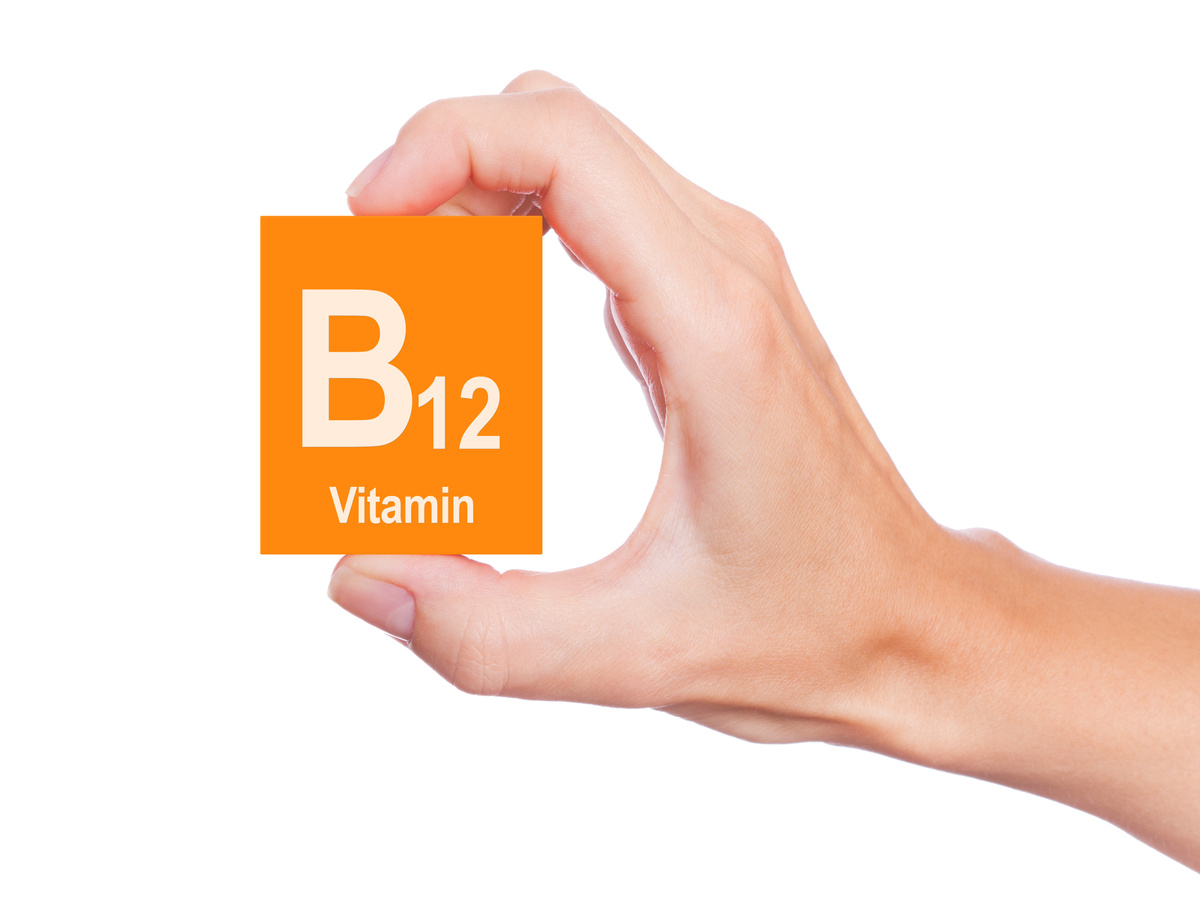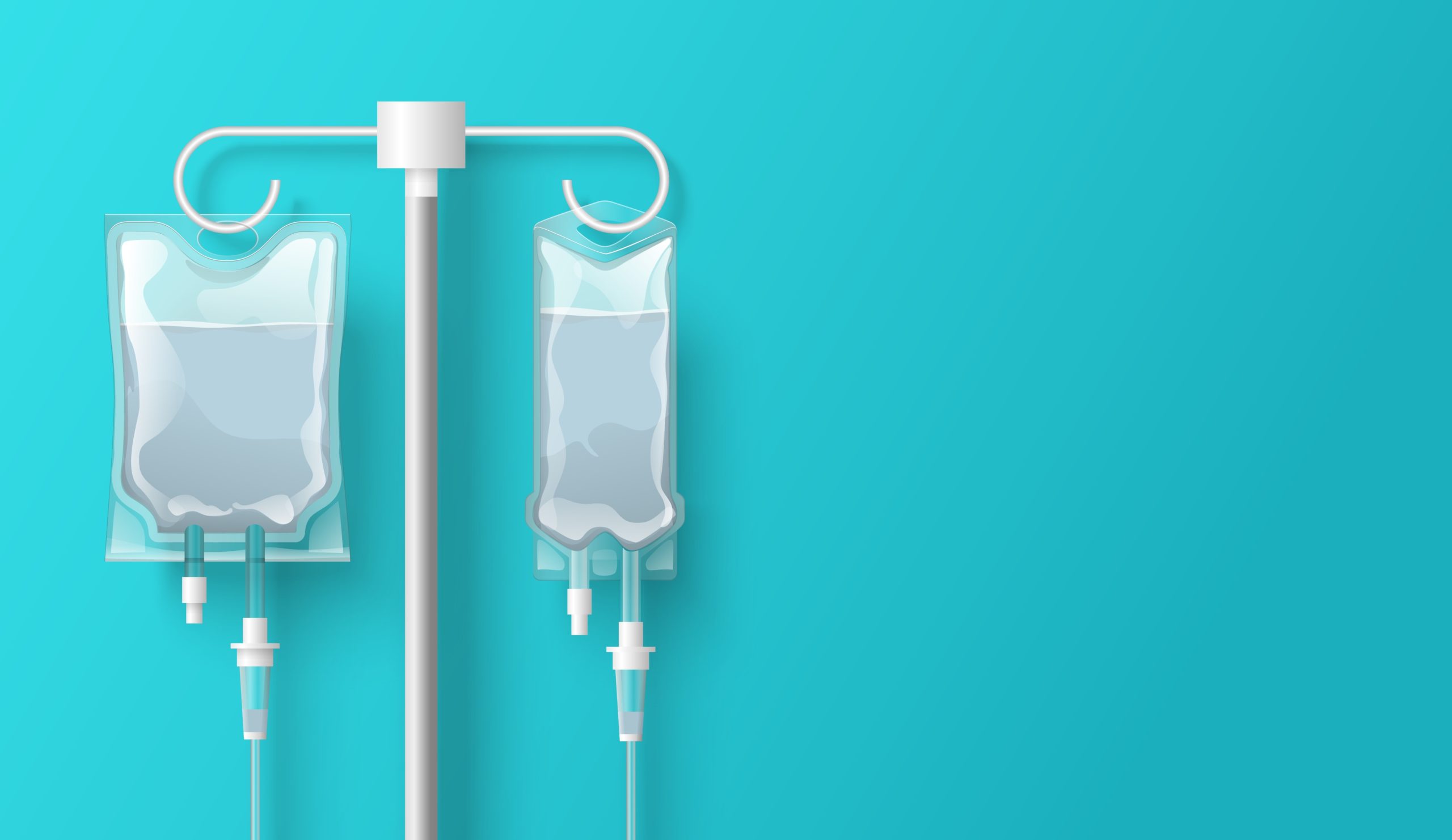What is an IV Therapy?
Intravenous or IV Therapy is a medical procedure where fluids, medications, or nutrients are delivered directly into a person’s veins through a needle and an intravenous line. It is a quick and convenient method to provide treatment and support to the body. IV therapy is used for various purposes, including rehydration, medication administration, nutritional support, blood transfusions, and correcting imbalances in the body. The process involves inserting a sterile needle into a vein and attaching it to a plastic tube through which substances are delivered. IV therapy is commonly performed in healthcare settings but can also be done at home under medical supervision.
IV therapy is commonly used in hospitals and clinics but can also be administered in specific outpatient settings or even at home under medical supervision. The particular type and duration of IV therapy depend on the individual’s condition and treatment goals determined by a healthcare provider.
What are the purposes of IV Therapy?
IV therapy can serve multiple purposes, including:
- Rehydration: IV fluids are used to restore fluid and electrolyte balance in cases of dehydration, whether due to illness, excessive sweating, or inadequate fluid intake
- Nutritional support: In cases where a person cannot consume food or absorb nutrients adequately, IV therapy can provide essential nutrients, vitamins, and minerals directly into the bloodstream.
- Blood transfusions: IV lines are used to administer donated blood or blood products, such as red blood cells or platelets, to individuals with blood disorders, severe anemia, or significant blood loss.
- Medication administration: Certain medications, such as antibiotics, chemotherapy, or pain medications, may be administered intravenously to ensure quick and precise delivery.
- Correction of imbalances: IV therapy can help correct imbalances in electrolytes, such as sodium, potassium, or calcium, when they are too high or too low in the body.
In the aesthetic field, IV Therapy is for the following:
- Skin rejuvenation: IV therapy can deliver a combination of antioxidants, vitamins, and minerals directly into the bloodstream, promoting healthy skin from within. These nutrients can help improve skin elasticity, reduce wrinkles, and enhance skin texture and tone.
- Brightening and evening skin tone: IV infusions containing ingredients like glutathione, vitamin C, and other antioxidants can help reduce hyperpigmentation, lighten dark spots, and even out skin tone, resulting in a brighter complexion.
- Hydration and radiance: IV hydration therapy can replenish the body with fluids and electrolytes, improving skin hydration and a radiant complexion. Well-hydrated skin appears plumper, healthier, and more youthful.
- Detoxification: IV therapy can assist in detoxification by providing nutrients that support the liver’s natural detoxification pathways. Removing toxins from the body can help promote clearer, healthier skin.
- Hair and nail health: Certain nutrients delivered through IV therapy, such as biotin, zinc, and amino acids, can contribute to healthier hair and nails by providing the necessary building blocks for their growth and strength.
- Pre- and post-surgical support: IV therapy may be used before and after specific aesthetic procedures, such as plastic surgery or facial treatments, to optimize healing, reduce inflammation, and enhance recovery.
Can anyone get IV Therapy?
IV fluids from IV therapy are healthy as they rehydrate you at a cellular level, bypassing digestion. With this effect, minerals and vitamins are absorbed excellently to get the most out of the supplement. It is a proven and trusted solution in providing the body what it needs.
In general, IV therapy is available to anyone who may benefit from it, but it is typically administered under the guidance of a healthcare professional. The suitability of IV therapy for an individual depends on various factors, including their overall health, specific medical needs, and the purpose of the treatment.
However, it’s important to note that IV therapy may not be appropriate for everyone. Certain medical conditions or circumstances may require special consideration or contraindicate the use of IV therapy. For example, individuals with particular heart or kidney conditions, severe electrolyte imbalances, or allergies to specific IV components may not be suitable candidates for IV therapy.
How does IV Therapy benefit me?
IV therapy can offer several benefits to individuals, depending on their specific needs and the purpose of the treatment. Here are some potential advantages of IV therapy:
- Rehydration: IV therapy is an effective method for quickly replenishing fluids and electrolytes in cases of dehydration, whether due to illness, intense physical activity, excessive sweating, or inadequate fluid intake. Remember that proper hydration is essential for maintaining overall health and well-being.
- Enhanced immune function: IV therapy can support immune system function by delivering immune-boosting nutrients, such as vitamin C, zinc, and antioxidants, which strengthen the body’s natural defense mechanisms, potentially reducing the risk of infections and supporting overall immune health.
- Rapid and efficient nutrient absorption: IV therapy delivers fluids, minerals, vitamins other nutrients directly into the bloodstream; this allows for quick absorption and bypasses the digestive system, benefiting individuals with compromised digestion or absorption issues. By delivering nutrients directly into the bloodstream, IV therapy ensures that the body receives the total dosage and can use them immediately.
- Support for specific health conditions: IV therapy may be used as a complementary treatment for particular health conditions, such as migraines, fibromyalgia, chronic fatigue syndrome, and autoimmune disorders. It can provide targeted nutrients or medications to address specific symptoms and support the overall management of these conditions.
Above all of these, it should be noted that the benefits of IV Therapy also vary and depend on the patient. Your chosen healthcare provider should also determine your appropriateness for the procedure.
What are the risks connected with IV Therapy?
Some potential risks of IV Therapy include the following:
- Infiltration: Infiltration happens when the IV fluid or medication leaks into the surrounding tissues instead of entering the bloodstream, which causes swelling, pain, and potential tissue damage.
- Fluid overload: If excessive fluid is administered too quickly, it can overwhelm the body’s ability to process and eliminate it, leading to fluid overload, which can strain the heart and potentially result in complications.
- Incorrect administration: Improper monitoring of IV fluids can lead to electrolyte imbalances, such as abnormal levels of sodium, potassium, calcium, or other essential minerals in the body.
- Infection: Anytime the skin is punctured, there is a disease risk. Proper sterilization techniques and the use of sterile equipment minimize this risk, but it’s still possible for an infection to occur at the injection site.
- Air embolism: If air enters the bloodstream during the IV insertion or the IV line is not primed correctly, it can result in an air embolism. It can become a severe condition that can cause blockages in blood vessels.
As observed, most of the risks are possible to happen if mishandled. That is why it is crucial to pick a healthcare provider that will suffice your needs and ensure your safety. The Mint IV Bar is here to help! Book an appointment now and experience IV Therapy for yourself.




